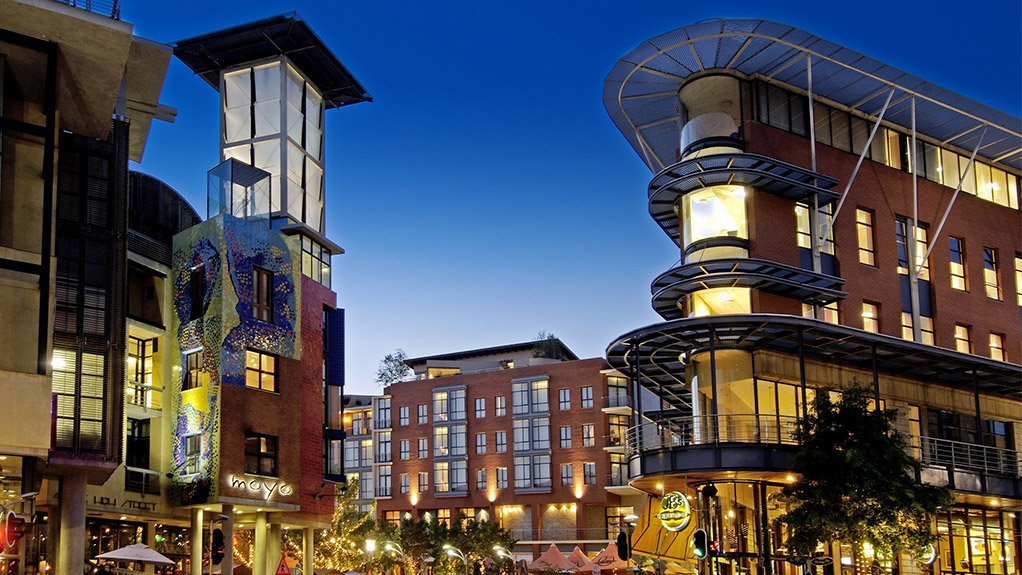What Role Does Architecture Play In Creating Walkable And Bike-friendly Cities?
Living in a walkable and bike-friendly city is no longer just an impressive feature of a community, it has become a necessity. With the rise of gas prices and traffic congestion, cities across the world are making efforts to become more pedestrian and bike-friendly. Here are just some of the reasons why living in such a city is incredibly desirable:
Reduced Carbon Footprint
One of the primary reasons why living in a bike-friendly city is desirable is the reduction in carbon footprint. When people use bikes or walk to get around, it reduces the amount of emissions in the atmosphere. Cars, on the other hand, release harmful pollutants that can harm both the environment and our health.
Saves Money
The cost of owning and maintaining a car can be staggering. It is not just the initial cost of the car, but also the gas, insurance, and regular maintenance. By living in a bike-friendly city, you can save a lot of money by not needing a car. Biking can be an affordable way to commute to work, run errands, and get some exercise.
Improved Physical Health
Speaking of exercise, biking and walking to your destination is a great way to stay in shape. It not only saves you money from gym memberships but can also improve your physical health. Biking helps to improve cardiovascular health and strengthens the muscles in your legs, while walking can also help to reduce the risk of chronic diseases such as diabetes and heart disease.
Less Stressful Commute
Commuting can be stressful, especially if you are stuck in traffic for hours on end. By biking or walking, you can avoid traffic and have a more peaceful commute to work or school. It also helps you to arrive at your destination feeling refreshed and ready to start the day.
Increased Community Interaction
Living in a bike-friendly city can also lead to more community interaction. Often, when you are driving in a car, you do not have the opportunity to interact with other people on the road or in your neighborhood. Biking or walking, however, allows you to slow down and take in the sights and sounds of the community around you.
Bike-Friendly Infrastructure
Many bike-friendly cities have invested in infrastructure that makes it safe and easy to bike around the city. Bike lanes, bike racks, and even bike share programs make it enjoyable to get around on two wheels. This infrastructure makes it easier and safer for people to choose to bike, improving the overall health and well-being of the community.
Less Parking Hassles
If you have ever spent hours trying to find a parking spot or circling around the block, you know how much of a hassle it can be. By living in a bike-friendly city, you do not have to worry about this. Parking is not an issue because bikes can be parked almost anywhere, and there are usually designated spots for them in the city.
Reduces Traffic Congestion
Finally, living in a city that encourages biking and walking can help to reduce traffic congestion. Cars take up a lot of space on the road, but bikes and pedestrians take up much less. This means that more people can travel safely and efficiently in a smaller amount of space. By reducing traffic congestion, people can spend less time stuck in traffic and more time enjoying all the other benefits of living in a walkable and bike-friendly city.
Frequently Asked Questions
Q: What if I need to travel long distances?
A: Living in a bike-friendly city does not mean you have to give up cars altogether. Many bike-friendly cities also have public transportation options that allow you to travel longer distances. You can bike to work or school and then take a bus or train to travel further.
Q: I am not in great physical shape. Can I still bike?
A: Yes! Biking is a great way to get in shape, but you do not have to be in great physical shape to start. Take it slow and easy at first, and gradually work your way up to more challenging rides. You can start with short distances and work your way up to longer rides.
Q: What about safety?
A: Safety is always a concern when biking or walking in the city. However, many bike-friendly cities have implemented infrastructure such as bike lanes and bike share programs to make it safer for people to bike. It is important to also wear a helmet when biking and be aware of your surroundings at all times.
Q: What if my commute is too far to bike?
A: You can still bike part of the way! Many bike-friendly cities have bike sharing programs that allow you to pick up a bike at one location and drop it off at another. This way, you can bike to work or school and then take public transportation or a car the rest of the way.
Q: Can children bike in the city?
A: Yes, many bike-friendly cities also have programs and infrastructure that make it safe for children to bike around the city. However, it is important to teach children the rules of the road and to always wear a helmet when biking.
In conclusion, living in a walkable and bike-friendly city has numerous benefits. It can help to reduce carbon emissions, save money, improve physical health, reduce stress, increase community interaction, reduce traffic congestion, and more. By investing in bike-friendly infrastructure and encouraging more people to bike and walk, cities can create a healthier and happier community for all.



Post a Comment for "What Role Does Architecture Play In Creating Walkable And Bike-friendly Cities?"